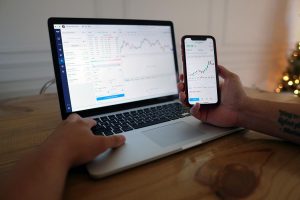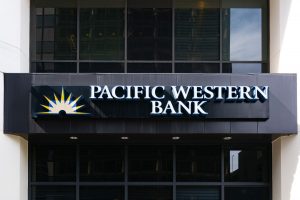The foreign institutional investors (FIIs) bought shares worth a net Rs 1376.84 crore, while domestic institutional investors (DIIs) sold shares worth a net Rs 136.24 crore in the Indian equity market on August 16, as per provisional data available on the NSE.
Also Read| SpiceJet settles with lessor Goshawk Aviation for Boeing aircraft
In the month of July 2022, FIIs sold shares worth a net Rs 6,567.71 crore while DIIs bought shares worth a net Rs 10,546.02 crore.
Also Read| Harshad Mehta scam: How Big Bull shook the Indian stock market
The Sensex jumped 379.43 points or 0.64% to 59,842.21 and the Nifty was up by 127.10 points or 0.72% to 17,825.25 on Tuesday.
The Sensex touched a high and low of 59,923.03 and 59,673.96, respectively. There were 25 stocks advancing against 5 stocks declining on the index.
Also Read| Johnson & Johnson to stop selling talc-based baby powder globally
The Nifty traded in a range of 17,839.10 and 17,764.05. There were 42 stocks advancing against 8 stocks declining on the index.
Also Read| How Paul Volcker tamed inflation with two recessions in 1980s
FII stands for ‘foreign institutional investor,’ and refers to an investment fund or an investor who puts their money into a country’s assets while being headquartered outside of it.
Also Read| The 2008 market crash: Inside the doomsday machine and a brief history
In India, this is a commonly used term to refer to outside entities contributing to the country’s financial markets by investing.
Also Read| US inflation rate slips from 40-year peak | A timeline: 1930-2022
On the other hand, ‘DII’ stands for ‘domestic institutional investors.’ Unlike FIIs, DIIs are investors that invest in the financial assets and securities of the country they are currently residing in.
Also Read| How post-pandemic markets have behaved historically
These investment decisions of both FIIs and DIIs are impacted by political and economic trends. Additionally, both types of investors — foreign institutional investors (FIIs) and domestic institutional investors (DIIs) — can impact the economy’s net investment flows.






